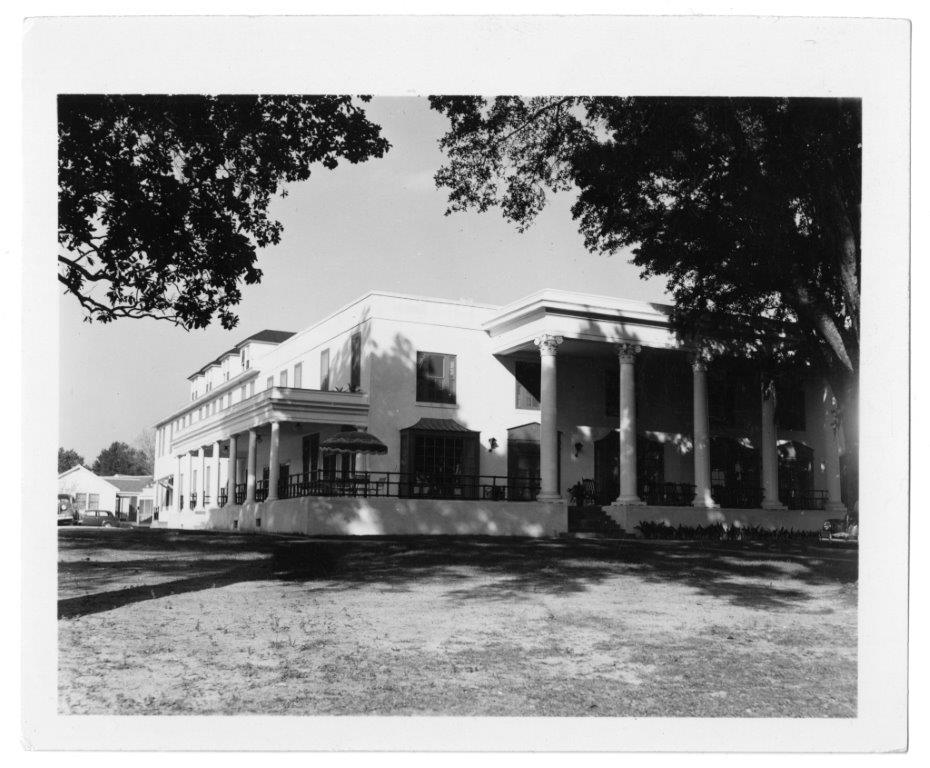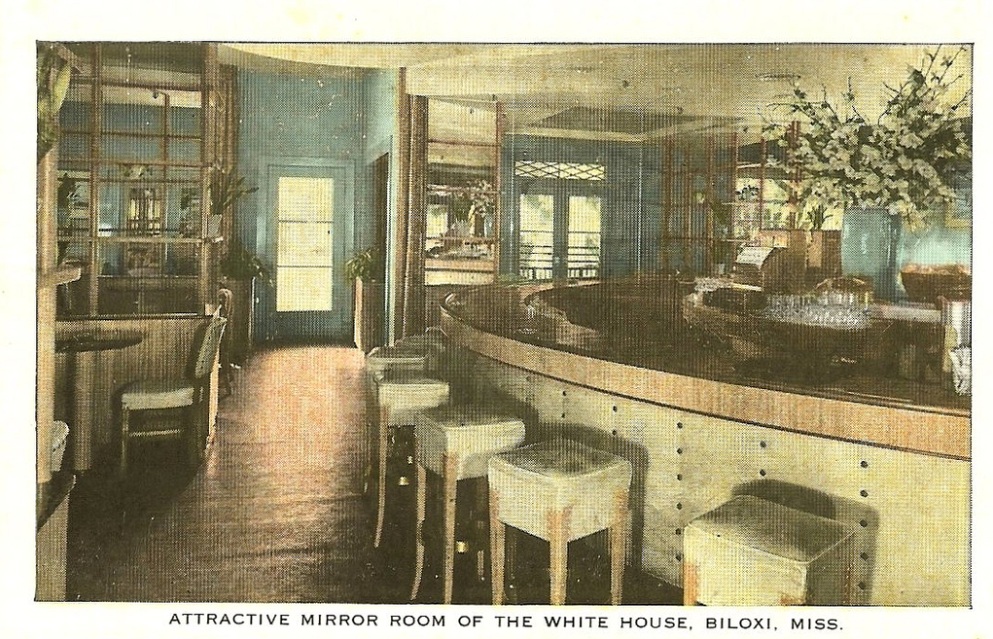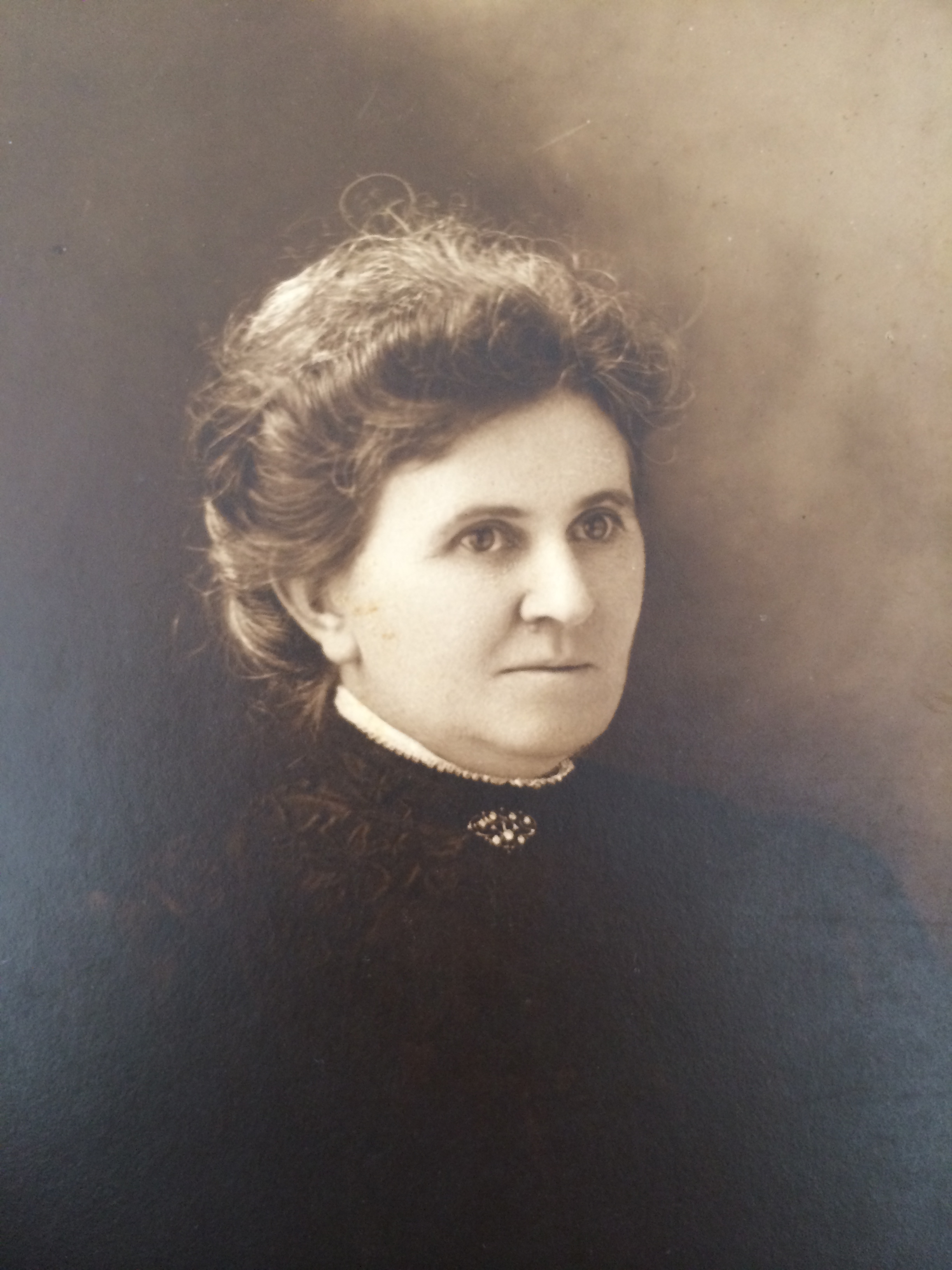WHITE HOUSE HOTEL BEGINNING
Passed Down by Family Lore
Recorded by Walter and Cora's Great-Granddaughter Bettie Allen Fore
"In the late 1800s when one traveled almost any distance it was never for just a few hours or a day or two. In fact if one just traveled 25 miles back then it was for a visit of at least a week. Now if relatives travel a distance of 50 to 100 or even more miles it was usually for two weeks or a month long visit.
Walter and Cora White's home faced a wonderful sandy beach and the beautiful Gulf waters. This was a great place to lie around and enjoy the warm sun after winter was over. Relatives and a few friends had a habit of showing up to visit with Walter and Cora during the summer. In those days a host and hostess was expected to be very accommodating in order to make the guest feel at home.
Walter and Cora were very gracious in that area. However with Walter being a lawyer most of his days were spent in the law office. That left the largest part of looking after the guest to fall on Cora. After a several summers of this Cora decided she had enough of the summer visitors with them expecting her to cook, clean and provide entertainment for them every day.
Her decision was made during a winter month and by early spring she had her list made for the cost of just a room or room and board. She had the price sheets printed up and she mailed to all that had been coming down for the summer. She also included on the list that reservations should be made early in order to have a room available for their arrival date on the coast.
The family story goes that about half of the relatives and friends which had always shown up did not reply nor did they appear in Biloxi that summer. It worked so well that Cora decided they should start a boarding house. The boarding house would not be for just the summer visitors but for year long guest.
Thus was the start of what was to become a very well known hotel and golf course,
The White House Hotel."












